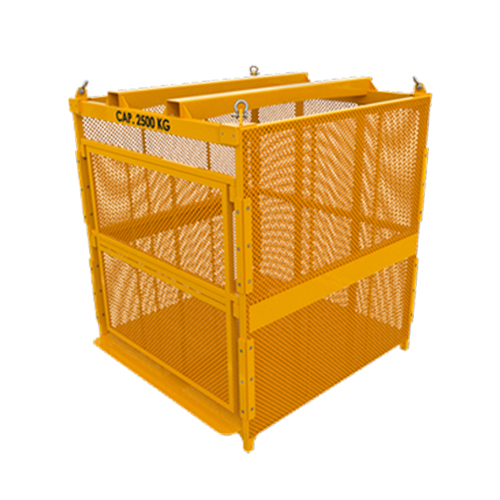Description
Key Features of Safety Boots:
- Toe Protection: Safety boots often have reinforced toe caps made of materials like steel, composite, or aluminum to protect the toes from impact, compression, and falling objects.
- Sole Construction: The soles of safety boots are designed to provide traction, shock absorption, and resistance to slipping. They may also be puncture-resistant to prevent sharp objects from penetrating the sole.
- Materials: Safety boots are made from a variety of materials, including leather, synthetic fabrics, rubber, and specialized materials designed to resist chemicals and other hazards.
- Electrical Hazard Protection: Some safety boots are designed to provide electrical hazard protection by insulating the wearer from electrical shocks and currents.
- Waterproof and Weather Resistance: Certain safety boots are equipped with waterproof or water-resistant features to protect the feet from moisture, rain, and other environmental conditions.
- Ankle Support: Safety boots often provide ankle support and stability to reduce the risk of ankle injuries in uneven or hazardous terrain.
- Comfort: Many safety boots include features such as cushioning, arch support, and ergonomic designs to enhance wearer comfort during long work hours.
- Metatarsal Protection: Some safety boots have additional metatarsal protection to shield the top of the foot from impacts and hazards.
Types of Safety Boots:
- Steel Toe Boots: Steel toe boots feature a steel toe cap for protection against impact and compression hazards.
- Composite Toe Boots: Composite toe boots use non-metal materials like fiberglass or carbon fiber to provide toe protection without the weight of steel.
- Electrical Hazard Boots: Electrical hazard boots have non-conductive soles and materials to protect against electrical shocks and currents.
- Puncture-Resistant Boots: These boots have puncture-resistant soles to prevent sharp objects from penetrating the sole.
- Chemical-Resistant Boots: Chemical-resistant boots are designed to protect against chemical spills, corrosive materials, and hazardous substances.
Applications:
- Safety boots are used in various industries where there is a risk of foot injuries from falling objects, impacts, punctures, chemicals, and electrical hazards.
- They are commonly used in construction, manufacturing, mining, utilities, and other hazardous work environments.
Maintenance:
- Regularly inspect safety boots for signs of wear, damage, or degradation.
- Clean boots according to manufacturer guidelines to maintain their integrity and comfort.
- Replace safety boots that are damaged or no longer provide adequate protection.
Safety boots play a crucial role in preventing foot injuries and ensuring the well-being of workers in hazardous environments. Properly selected and maintained safety boots contribute to overall workplace safety and protect individuals from various potential foot hazards.









